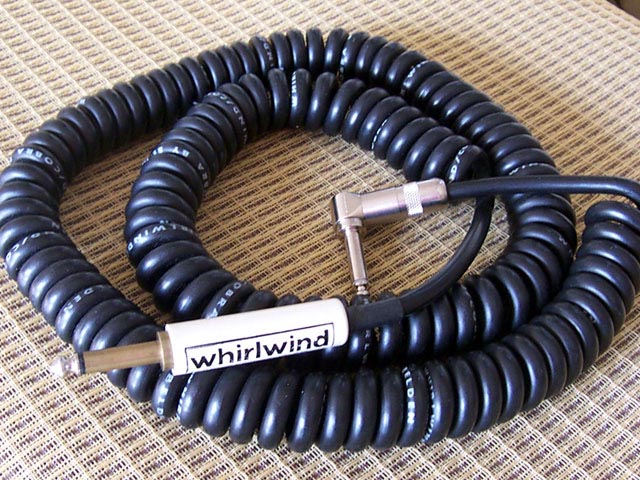Cagey
Mythical Status
- Messages
- 24,425
SkuttleFunk said:and should somebody fork out the green and 'force' me to sell ... I can always build myself another :cool01:
Perzactly.

SkuttleFunk said:and should somebody fork out the green and 'force' me to sell ... I can always build myself another :cool01:
Which is about the point I start heating the tar and plucking the feathers in anticipation, but - I can't figure out who to dip! I swear, at least half the modifications you read about for the common grub shovels are built around the idea that they're secret modifications, so your guitar still looks vintage, annnnn... the girls will want to wash your socks, all the little grommets will think you're cool and the talent scouts from the giant record companies will fight for the privilege of bombarding you with gobs of mone... well you know. And everyone knows that not only do the push-pull switches on pots get pushed and pulled accidentally more often than on purpose but the switch part is mechanically inferior to the 1.69c jobbies and when IT breaks you have to replace the whole damn $20 P.O.S. And they've even somehow managed to get themselves defined as real slickee so people even put them on NEW guitars... :icon_scratch:that isn't the vintage look, so it makes for a difficult sell to the average buyer
StübHead said:Which is about the point I start heating the tar and plucking the feathers in anticipation, but - I can't figure out who to dip! I swear, at least half the modifications you read about for the common grub shovels are built around the idea that they're secret modifications, so your guitar still looks vintage, annnnn... the girls will want to wash your socks, all the little grommets will think you're cool and the talent scouts from the giant record companies will fight for the privilege of bombarding you with gobs of mone... well you know. And everyone knows that not only do the push-pull switches on pots get pushed and pulled accidentally more often than on purpose but the switch part is mechanically inferior to the 1.69c jobbies and when IT breaks you have to replace the whole damn $20 P.O.S. And they've even somehow managed to get themselves defined as real slickee so people even put them on NEW guitars... :icon_scratch:that isn't the vintage look, so it makes for a difficult sell to the average buyer
PRS has been flapping their gums about their "wide-aperture" and "narrow-aperture" humbucking pickups, but jeez, there can't be more than maybe a 0.25" difference in distance between the coils in the two of them - just by some pretty tiny dicking around with magnets and windings (AND YOUR TONE KNOB) you could completely overwhelm that part of it.
In the same way, there's a lot of after-the-fact bloviatorial tongue-gymnastics* "explaining" why mini-humbuckers sound brighter than those poor, decrepid sloppy old PAFs ever could, and Fender's "Wide-Range" pickups were just that because... they... were... wide........ RRRRRRGHHHHHH. Actually the design runup to both of those were launched because the "market always knows best" and the market knew that regular humbuckings sucked. But "the Market" forgot to tell Mike Bloomfield and Eric Clapton and Keith Richards and Jimmy Page and Peter Green and all those other earless tone-dead doofs in time so now ALL the guitars suck. No, wait - ALL the guitars are GREAT! Yeah, that's it. Aw hell, just send all your money now and we'll decide what you like later.
*(Yep I kinda like it mesef)

I actually did pull an amp over with one of those, an original 70's Kustom..Cagey said:No doubt.
Although, I remember back 100 years ago when Whirlwind first came out with their Cobra cables.

The things were super-heavy duty relative to the phone cords most guitarists used back then. Actually, just super-heavy duty, period. Things weighed a ton, and had milled brass military-style plug ends. The salesmen used to like to put the plug under their heel and jerk on the cord as if their lives depended on it, and the things would still work. None the worse for wear.
Of course, as we found out by excessive demonstrations to our buddies, you could only that so many times and the thing would finally just say "To hell with him. He wants the cable out, let it go!" :laughing7:
Under normal use, though, they were beasties. Had to be careful if your amp was on casters or the thing would follow you around, or you could pull down a stack.

